ESA To Support ISRO Solar Mission Aditya-L1
5th Sep 2023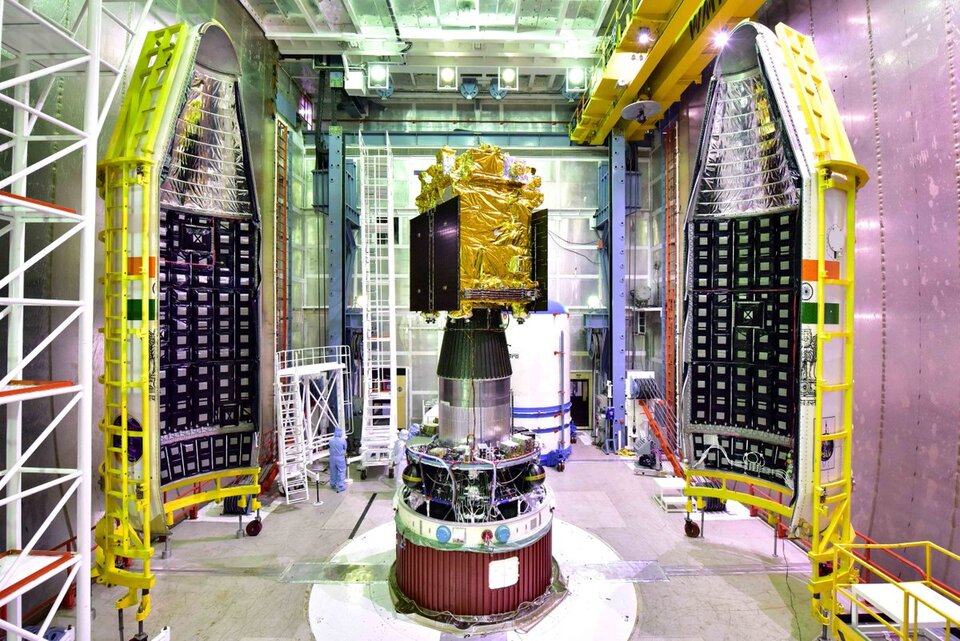
The Indian Space Research Organisation (ISRO) is embarking on ground-breaking projects in 2023, with some help from the international community. The European Space Agency (ESA) will be supporting ISRO’s solar observatory mission, Aditya-L1. Support will be delivered through two forms: deep space communication and assistance with validating new flight dynamic software. According to ESA, they have “the right infrastructure and expertise to provide support.”
The partnership also sees the UK’s deep space communication antenna, Goonhilly Earth Station (GES), join the team to provide communication support and tracking. In a statement, GES said: “Goonhilly’s GHY-6 antenna, in tandem with ESA’s deep-space communication antennas, will track the mission’s progress.”
Ramesh Chellathurai, ESA Service Manager and ESA Cross-Support Liaison Officer for ISRO said in a press release: “ESA’s global network of deep space tracking stations and use of internationally recognised technical standards allows us to help our partners track, command and receive data from their spacecraft almost anywhere in the Solar System.”
ESA Providing ISRO With Communication Support
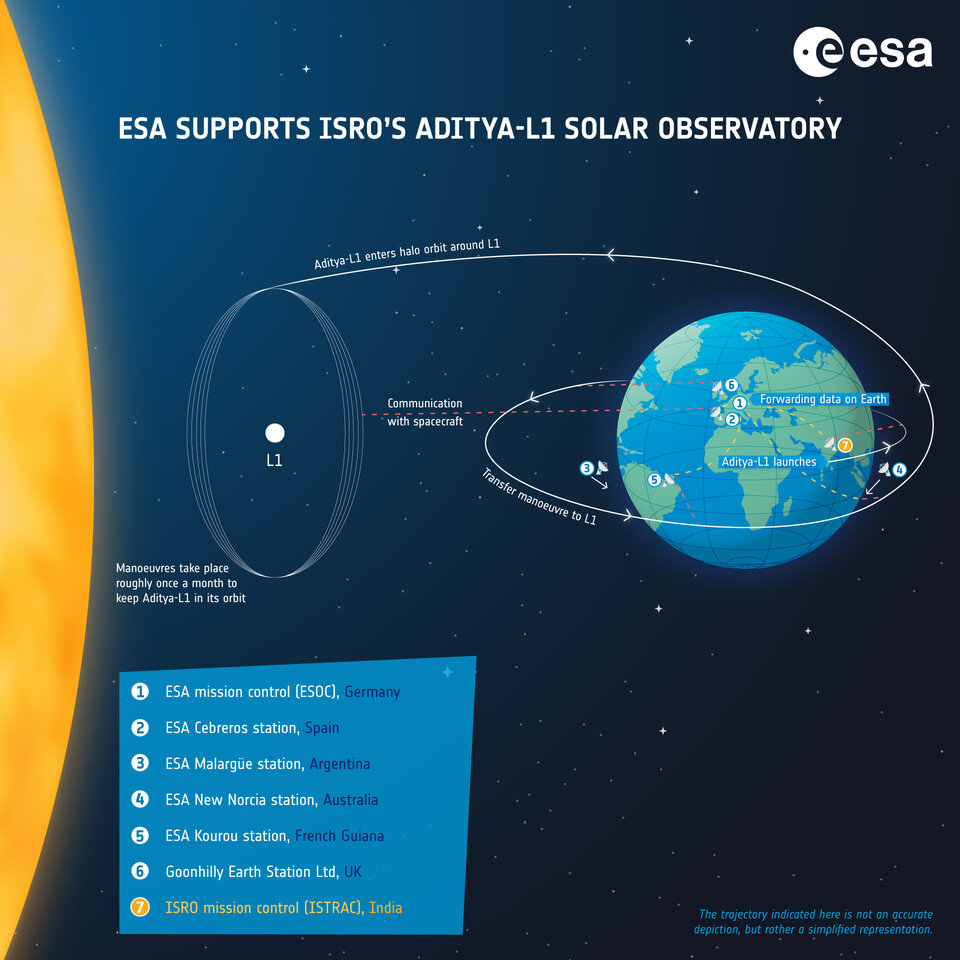
Aditya-L1 lifted off from Satish Dhawan Space Centre, with ISRO reporting the: “satellite is safe and operating normally”. ESA said they will support the mission with their network of deep space ground stations: “from beginning to end.” This includes launch and early orbit phases. ESA will also track the journey to Lagrange 1, and once in halo-orbit, send commands and receive data for multiple hours per day over the two year operational period.
ESA said: “Communication is an essential part of every space mission. Without ground station support, it’s impossible to get any science data from a spacecraft, to know how it’s doing, to know if it is safe or even to know where it is.”
Lagrange 1: Unobstructed – But Unstable – Views Of The Sun
L1 sits between the Earth and the Sun, roughly one per cent of the distance to the Sun, affording Aditya-L1 unobstructed views without being eclipsed by Earth. Approaching L1 should be completed within the first 100 days after launch. But once reached, Aditya-L1’s several instruments will begin monitoring space weather and the effects of solar dynamics.
Gravitational forces from the Sun and Earth produce “enhanced regions of attraction and repulsion,” NASA said. Ultimately, this allows spacecraft in L1 to reduce the needed fuel consumption to remain in position. However, this Sun-Earth system is considered highly volatile.
Keeping Aditya-L1 stable in halo-orbit around this unbalanced equilibrium point will be: “practically impossible”. As a result, ESA’s support will also include assisting in ‘station keeping’ manoeuvres, which will take place “roughly once a month to keep [Aditya-L1] in the correct orbit.”
Testing ISRO’s Flight Dynamic Software
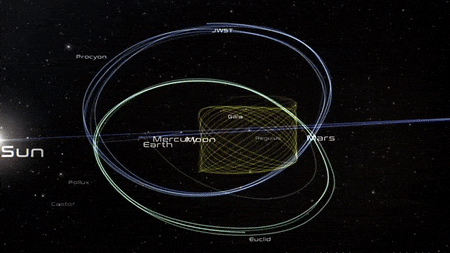
The second form of support from ESA includes testing ISRO’s flight dynamic software. Operators need to know where Aditya is, was and where it will be in the future especially when getting to, and staying in L1 orbit. By applying mathematical formulas to the tracking data, ISRO can identify the spacecraft’s past, present and future locations, known as ‘orbital determination’. To do so, ISRO has developed flight dynamic software, which ESA validated.
Goonhilly Earth Station’s Involvement
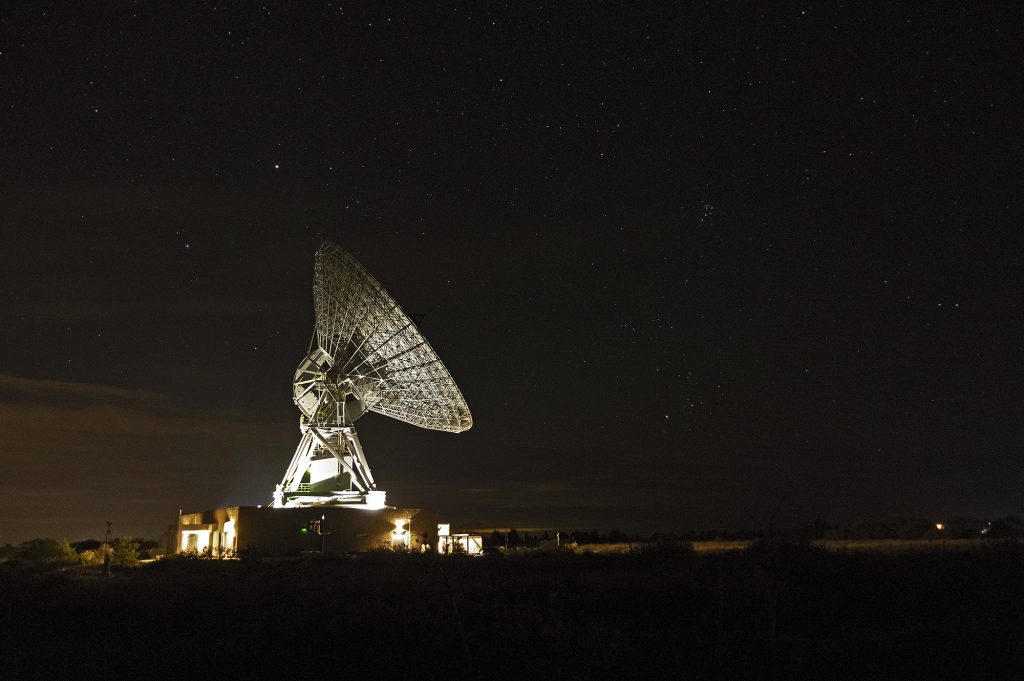
The UK’s GES will provide support through ESA’s ground station network: Estrack. GES’ GHY-6 32m antenna will track precise locations of Aditya-L1 during critical stages. It will also facilitate “seamless command transmissions,” GES said.
Finally, the antenna will receive telemetry and scientific data which will be relayed to ESA’s ESOC mission control centre, before being sent to ISRO for deeper analysis. GES added: “This partnership… cements the Earth Station’s indispensable role in the international space community, offering much-needed international communications capacity.”
Ian Jones, CEO of Goonhilly Earth Station, said: “following the huge success of the Chandrayaan-3 lunar landing, we have been working hand in hand with colleagues at ESA and ISRO for many months to prepare for the Aditya-L1 launch, and we’re ready to act as the key communications provider for this exciting mission.”




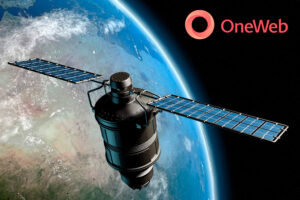


Thank you for your comment! It will be visible on the site after moderation.